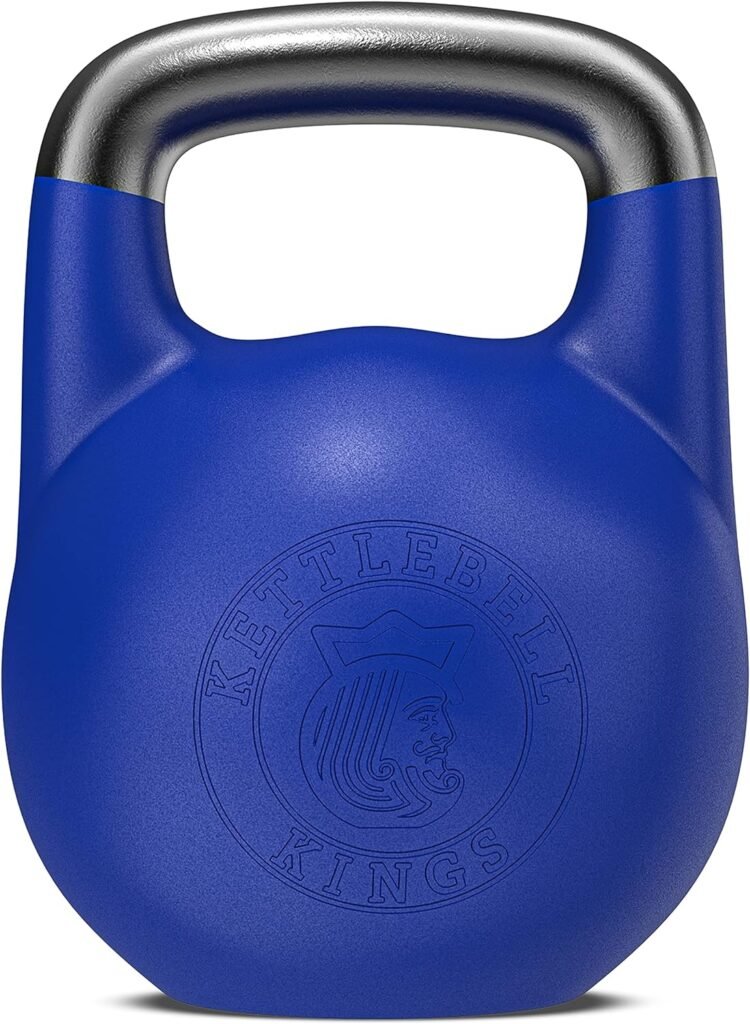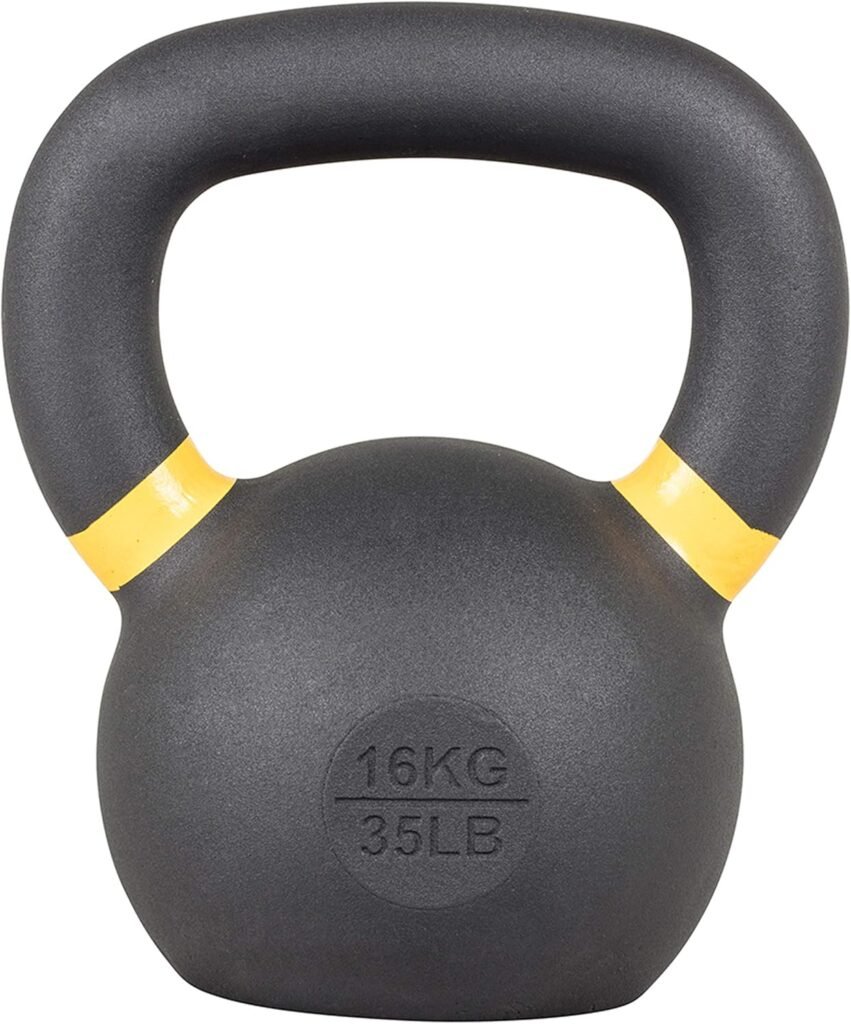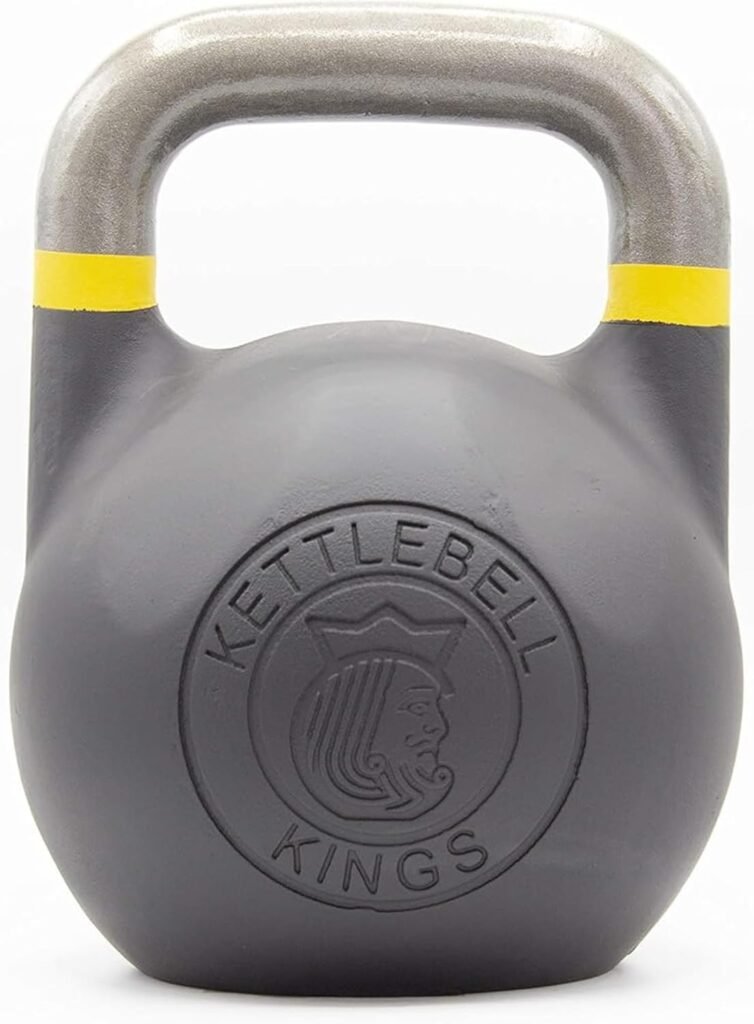Introduction
Osteoporosis, often dubbed the “silent disease,” affects millions worldwide, leading to weakened bones and an increased risk of fractures. While traditional treatments often focus on medication and lifestyle changes, physical activity plays a crucial role in managing this condition. Among various exercise regimens, kettlebell training has emerged as a powerful tool for improving bone density and overall health. This article explores the role of kettlebell training in managing osteoporosis, detailing its benefits, safe practices, and recommended exercises.
Understanding Osteoporosis
What is Osteoporosis?
Osteoporosis is a condition characterized by low bone mass and deterioration of bone tissue, leading to increased fragility. Key factors include:
- Genetics: Family history can influence risk.
- Hormonal changes: Particularly in postmenopausal women.
- Nutritional deficiencies: Lack of calcium and vitamin D.
- Sedentary lifestyle: Insufficient weight-bearing activities.
Symptoms and Risks
Many individuals are unaware they have osteoporosis until they experience a fracture. Common symptoms include:
- Back pain: Resulting from vertebral fractures.
- Height loss: Due to spine compression.
- A stooped posture: Caused by weakened bones.
The most significant risks involve fractures, particularly of the hip, wrist, and spine, which can lead to severe complications and decreased quality of life.
The Importance of Exercise in Osteoporosis Management
Why Exercise Matters
Regular physical activity is essential for maintaining bone health. Weight-bearing exercises stimulate bone formation and can help slow bone density loss. Benefits of exercise for individuals with osteoporosis include:
- Increased bone density: Stimulating osteoblast activity.
- Improved balance and coordination: Reducing the risk of falls.
- Enhanced muscle strength: Supporting joint stability.
- Improved mental health: Reducing anxiety and depression.
Types of Exercises Recommended
For those managing osteoporosis, a combination of the following is recommended:
- Weight-bearing exercises: Walking, jogging, or dancing.
- Resistance training: Lifting weights or using resistance bands.
- Balance training: Yoga or tai chi for stability.
- Flexibility exercises: Stretching routines to maintain range of motion.
Kettlebell Training: A Unique Approach
Kettlebell training is a dynamic form of resistance training that incorporates both strength and cardiovascular benefits. Here’s why kettlebells can be particularly beneficial for individuals with osteoporosis:
Benefits of Kettlebell Training
- Weight-bearing Exercise: The added weight of kettlebells helps stimulate bone density.
- Functional Movements: Many kettlebell exercises mimic daily activities, improving overall functional strength.
- Core Strength Development: Core stability is essential for balance and posture, reducing fall risk.
- Versatility: Kettlebell exercises can be modified for various fitness levels and preferences.
Safety Considerations
Before beginning any kettlebell training program, it’s essential to consider the following:
- Consult a healthcare professional: Ensure that kettlebell training is appropriate for your condition.
- Start with lighter weights: Gradually increase the weight as strength improves.
- Focus on form: Proper technique is crucial to prevent injuries.
- Warm-up and cool down: Preparing the body before and after workouts is necessary.
Recommended Kettlebell Exercises for Osteoporosis Management
1. Kettlebell Deadlift
Description: This exercise strengthens the back, glutes, and hamstrings.
- How to do it:
- Stand with feet shoulder-width apart.
- Place the kettlebell between your feet.
- Hinge at the hips and bend knees, grasping the kettlebell.
- Straighten your back and lift the kettlebell by extending your hips forward.
2. Kettlebell Goblet Squat
Description: This squat variation targets the lower body and core.
- How to do it:
- Hold the kettlebell close to your chest with both hands.
- Stand with feet shoulder-width apart.
- Squat down by bending at the knees and pushing your hips back, keeping the kettlebell close to your body.
- Press through your heels to return to standing.
3. Kettlebell Swing
Description: This full-body exercise improves cardiovascular endurance and builds strength.
- How to do it:
- Stand with feet hip-width apart, holding the kettlebell with both hands.
- Hinge at the hips and swing the kettlebell back between your legs.
- Propel the kettlebell forward by thrusting your hips, allowing it to swing to shoulder height.
- Repeat in a controlled manner.
4. Kettlebell Overhead Press
Description: This exercise strengthens the shoulders and upper back.
- How to do it:
- Stand with feet shoulder-width apart, holding a kettlebell in one hand at shoulder height.
- Press the kettlebell overhead, keeping your core engaged.
- Lower the kettlebell back to shoulder height and repeat.
5. Kettlebell Farmer’s Walk
Description: This exercise builds grip strength and overall stability.
- How to do it:
- Hold a kettlebell in each hand, with arms at your sides.
- Stand tall and walk a set distance, maintaining good posture and core engagement.
Conclusion
Kettlebell training offers a versatile and effective method for individuals managing osteoporosis. By incorporating a variety of kettlebell exercises into a balanced fitness program, individuals can improve their bone density, enhance strength, and reduce the risk of falls. As with any exercise regimen, it’s crucial to prioritize safety and consult healthcare professionals to tailor an approach that meets individual needs. With proper guidance and commitment, kettlebell training can be a powerful ally in the fight against osteoporosis, promoting both physical health and overall well-being.











